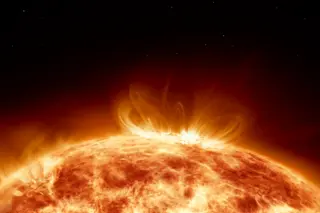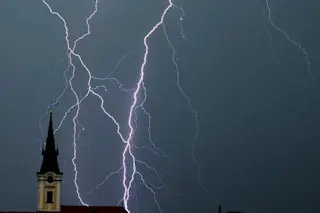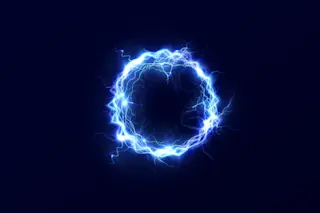My latest article in Earth Magazine co-authored by Michael Webber is now available online. Here's an excerpt:
Humans have harnessed wind energy throughout history for milling, pumping and transportation — in a way you could say it’s the “original” form of industrial energy. But only recently have we built massive, powerful turbines to convert that wind into electricity. As concerns about pollution, carbon emissions, resource depletion and energy security mount, wind farms are an increasingly attractive alternative for meeting growing energy demand. Unlike many other “solutions,” capturing the wind’s potential emits no hazardous wastes or greenhouse gases, and is an inexhaustible energy source. A boom in development has also created thousands of new jobs during a period when most industries are letting workers go. In 2009 alone, the American wind power industry grew by 39 percent and now accounts for 2 percent of electricity produced in the United States. The ...












